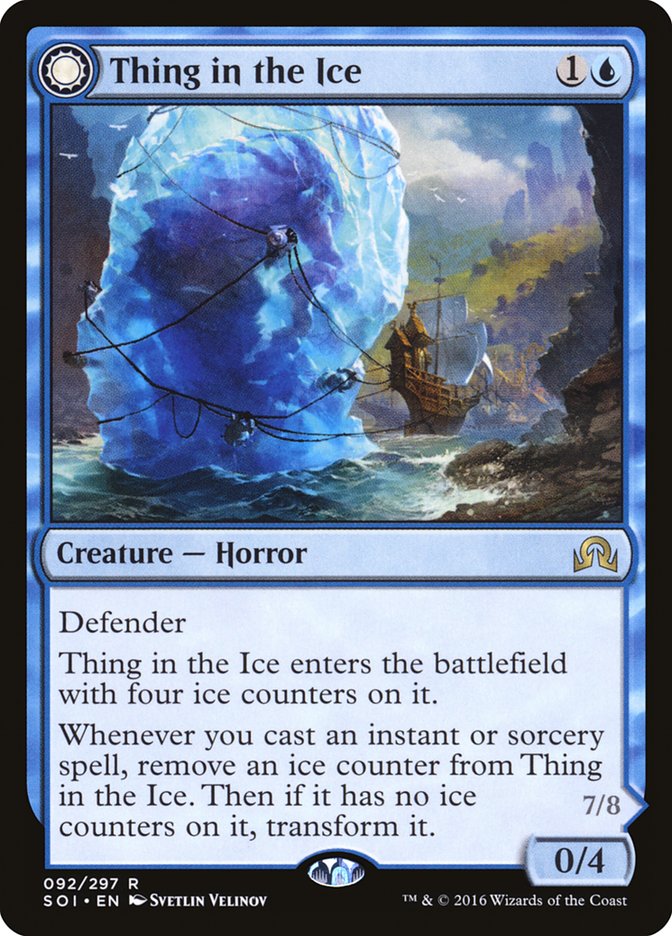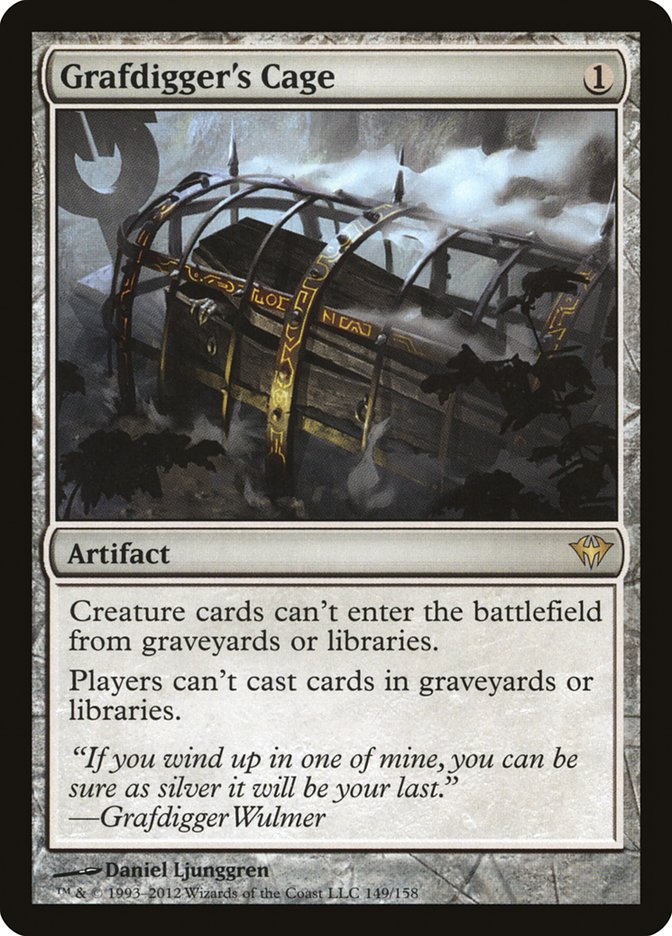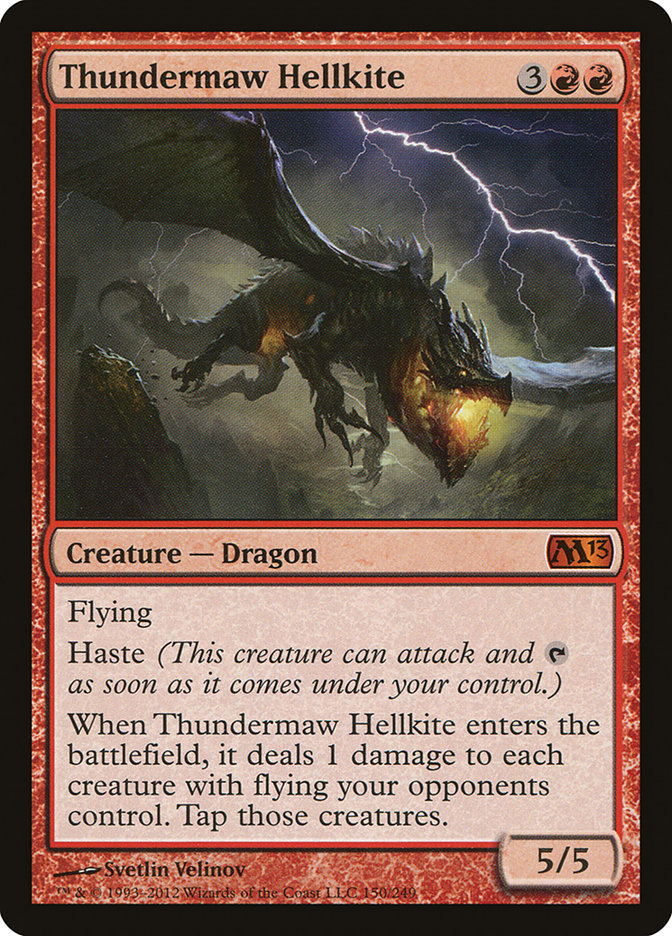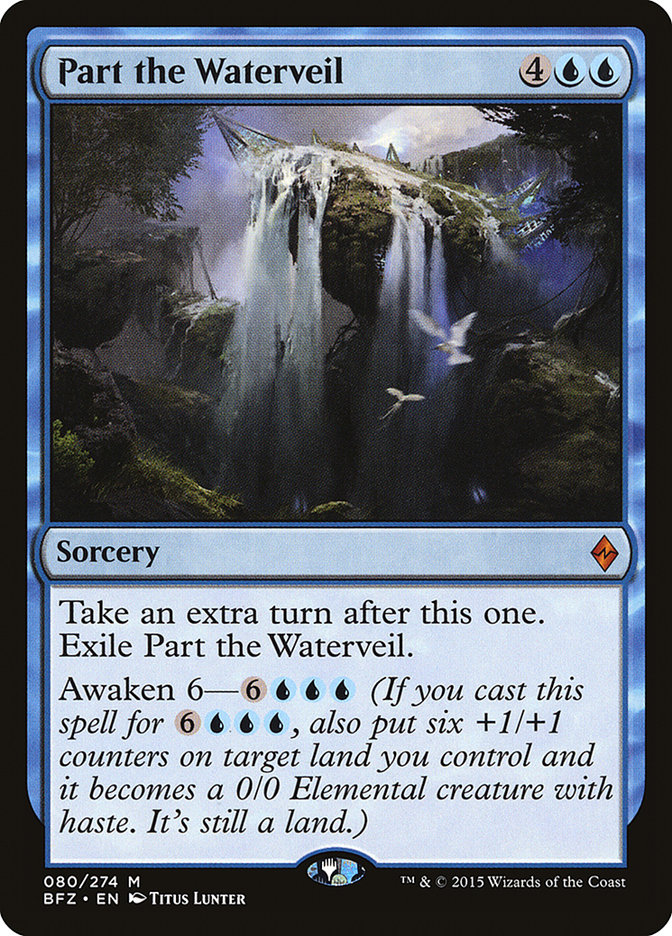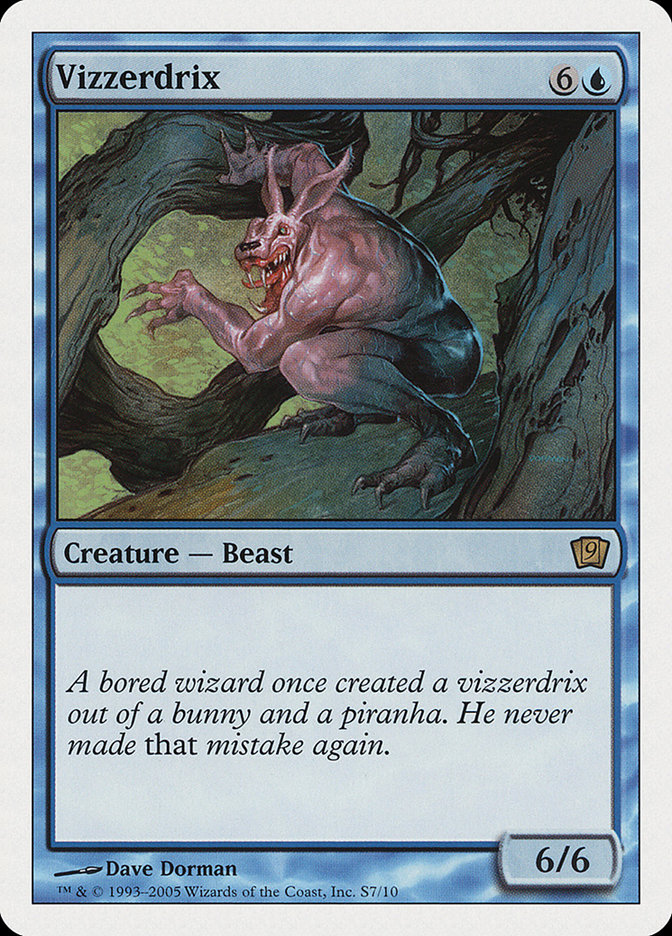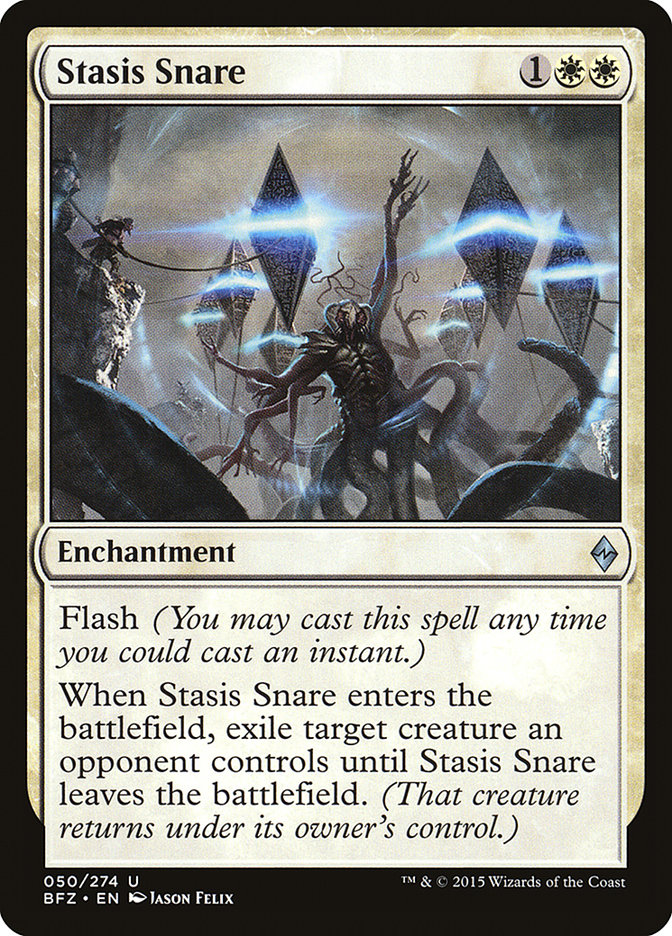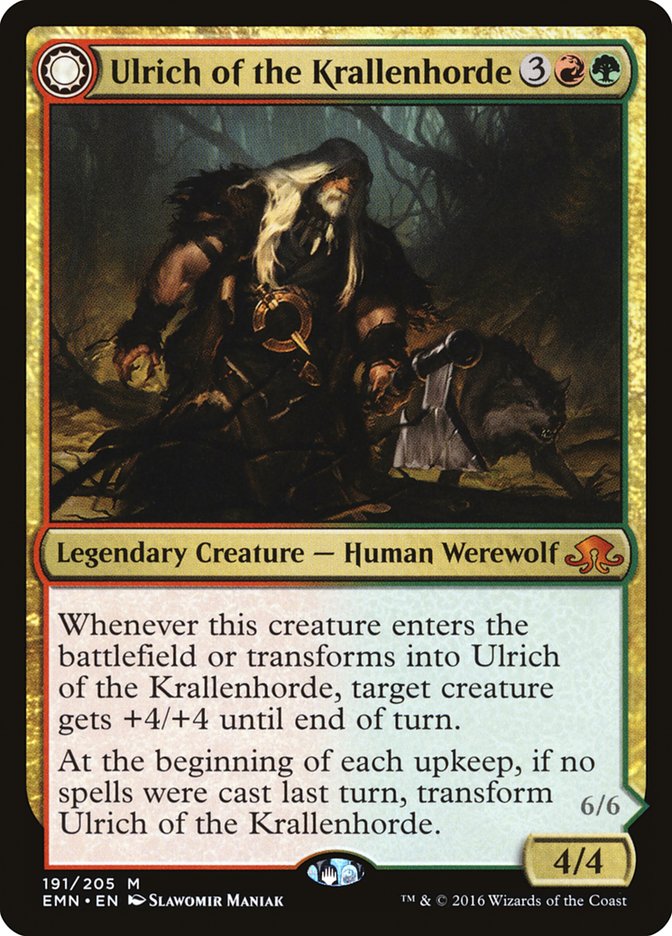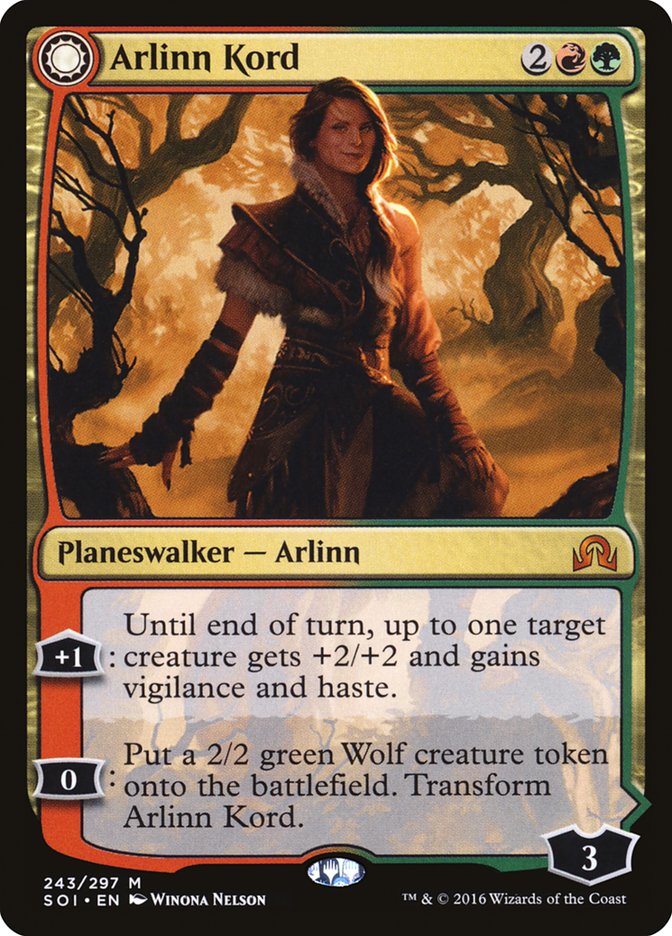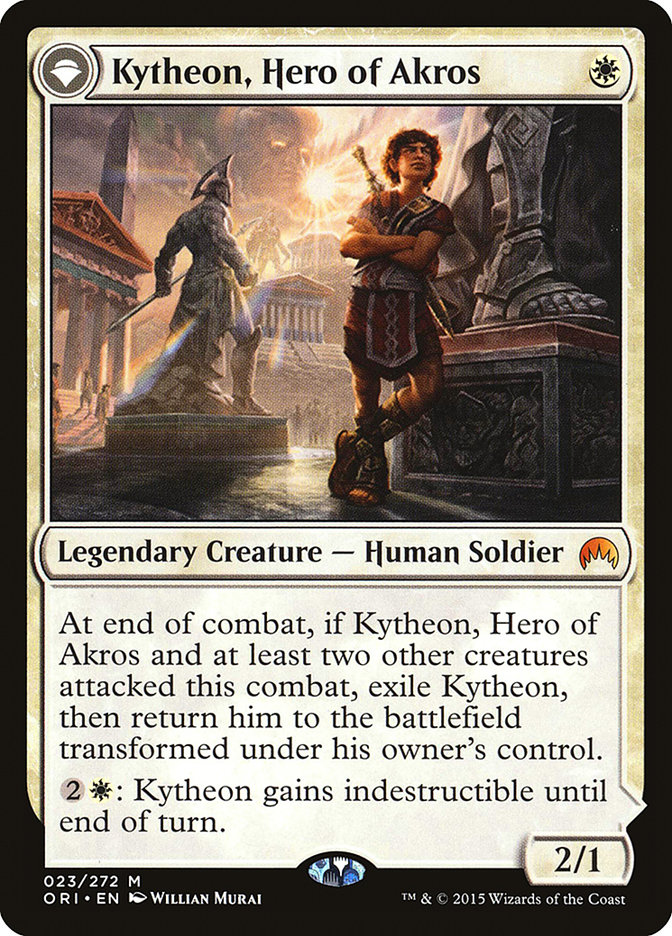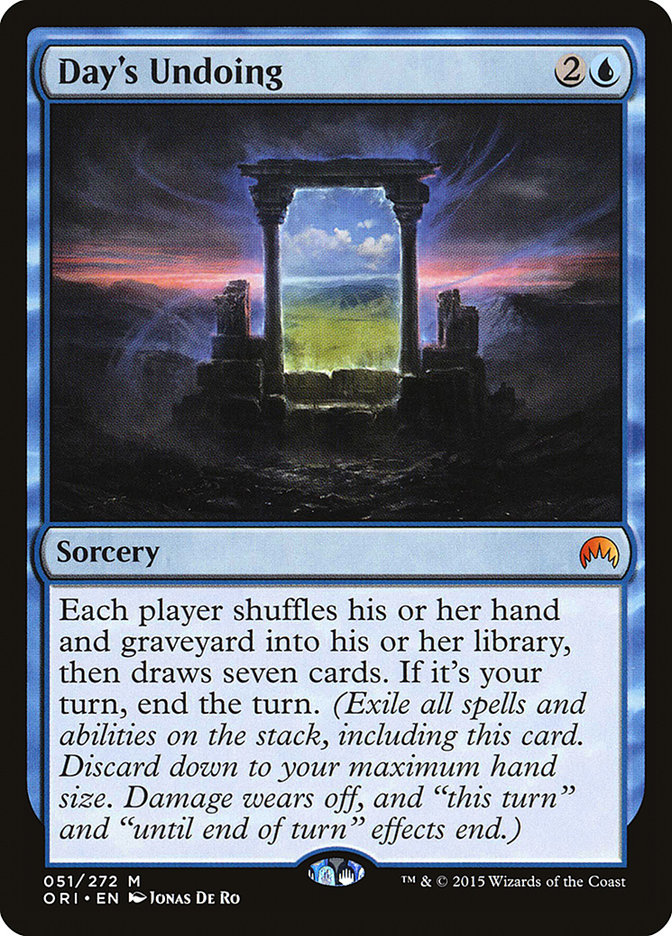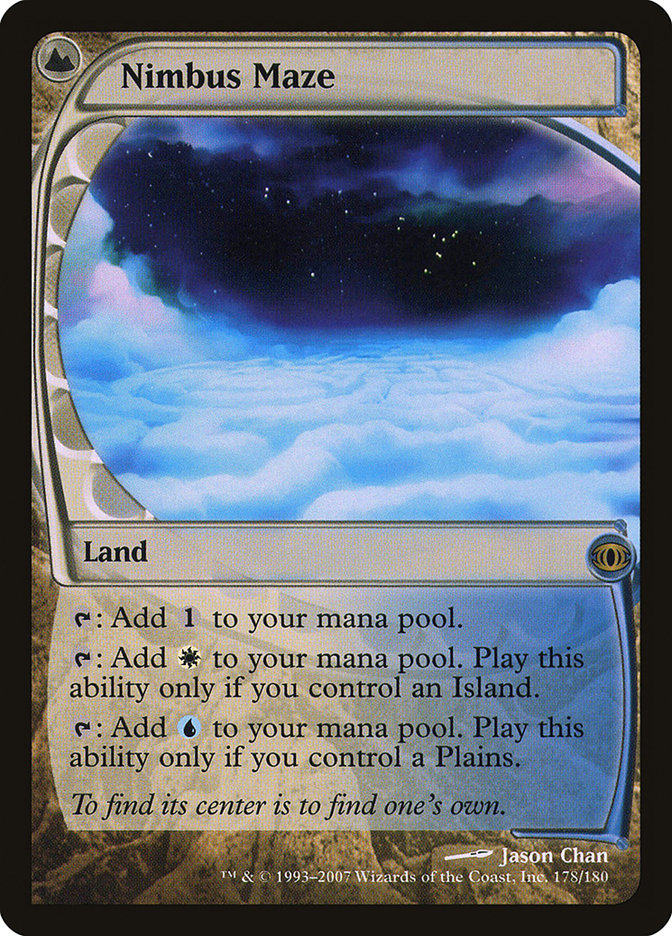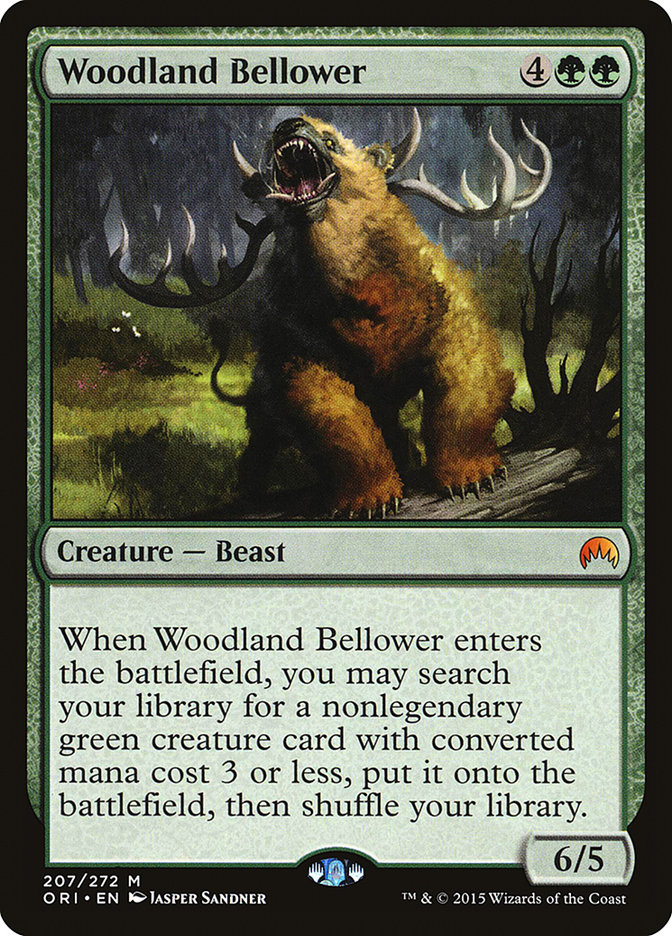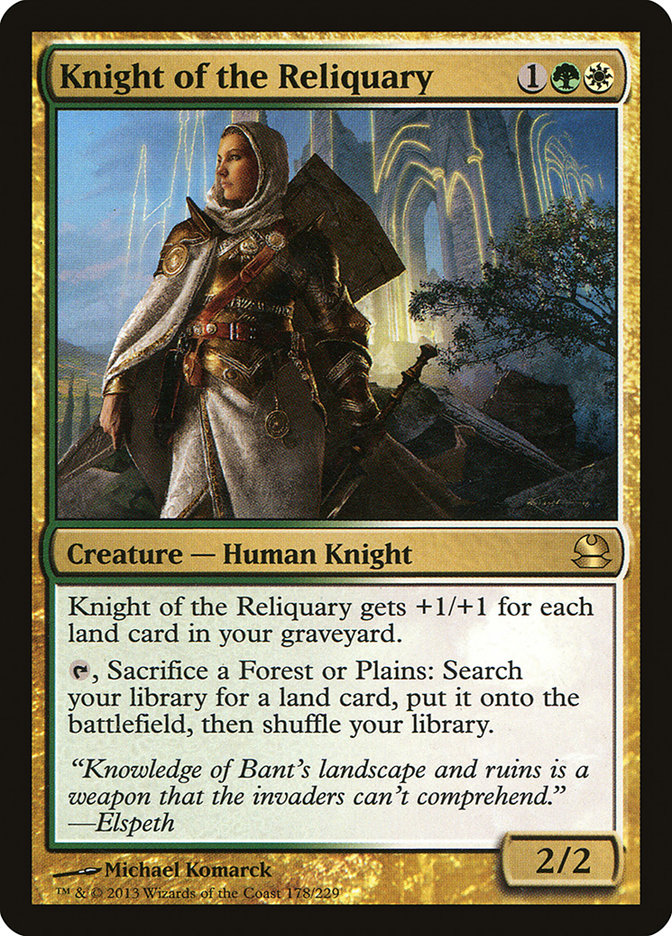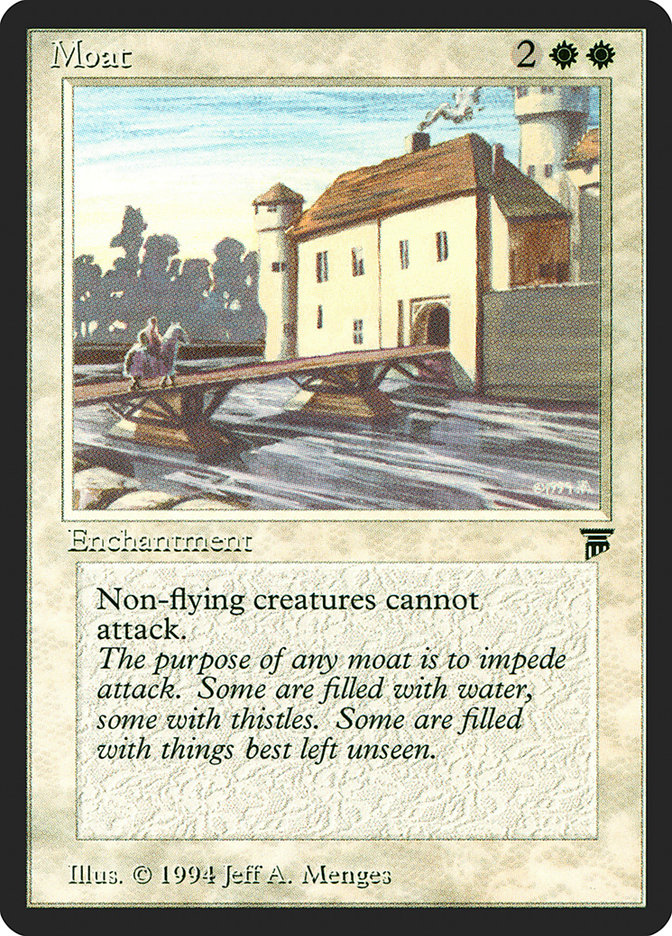During the past six months, I’ve begun to get serious about flipping secondhand items on eBay. I wake up at six AM every Saturday morning and spend the next five hours hitting as many yard sales as I can. I’ve bought and sold everything from video games to saxophones to T-shirts to medical equipment. As long as I can make a large enough profit without too much hassle, I’m in.
In order to make sure that what I’m doing remains profitable, I keep a spreadsheet that calculates my profit on each item (after shipping and fees) as well as the amount of time it took to sell. Of the roughly 350 sales I’ve made, I’ve only lost money on six of them, three of which were full refunds I had to make because I didn’t test a piece of electronic equipment well enough before listing it. I almost never lose money on my eBay deals, even though I am constantly buying and selling things that I know every little about. How do I pull that off?
It’s all about risk versus reward. And this week, I’ll be talking about how making smart decisions about risk and reward will help you become a better speculator. Whether you’re an expert financier stuck in a rut or a novice trader just starting out, correctly managing risk versus reward needs to be a crucial step in your decision-making process.
Knowledge Reduces Risk
Quickly: should I spend $5 on a video game I know I can sell for $15, or $100 on an old watch that could be worth a lot more?
Based on the information I’ve laid out, it’s impossible to say. We know what the game is worth, and assuming the sale is easy, a $10 profit is nothing to sneeze at. The watch is a total unknown. How old is it? Does it work? Is it made of silver or gold? Does it have any branding? If so, it a luxury brand like Rolex? If so, how certain are you that it isn’t a fake?
These are the types of decisions I have to make a lot when looking for items to flip online. Video games are easy to resell. I can look them up quickly, and they have a strong enough secondary market that I can count on a quick and painless transaction. Things like antique watches are harder. Many times, there will be no visible markings, no way to tell when I’m dealing with a fake, or no comparable models to price-check online. This is why there are a lot of people out there who flip video games and fewer who flip things like antique watches.
A lot of people don’t understand the real relationship between these two kinds of buys. They want to know which buy is the “best,” when the truth is that it all depends on how much you know about the watch. Think of it like taking a multiple-choice exam—you could probably pass one on basic arithmetic without any studying, but you’d have to get really lucky to pass one on quantum mechanics unless you were already an expert in the field. That doesn’t make one test “better” than the other; it just means that you should probably stick to the easy test until you hit the books.
How does this apply to Magic finance? It means that you should be making speculation decisions according to your knowledge of a given card or situation. If you travel on The SCG Tour® playing Standard, you have an edge over 99% of the market. You should be using that edge to make riskier specs based on the knowledge advantage you have over the rest of the field. If you’ve never played a game of Legacy in your life, however, you should only make low-risk plays in that field.
The problem is that there is no hard and fast rule about when you should increase or decrease the amount of risk you should take on. In general, I find that new traders and speculators take on too much risk while established ones don’t take on enough. Your own curve might be different, though. The point is that you should constantly be evaluating the amount of risk you take on…and making sure that the reward will be great enough when you do.
Evaluating Risk Level
Now that you understand the need to evaluate risk versus reward, let’s talk about how to evaluate it. Here are the risk/reward categories I like to use, complete with examples:
High risk, high reward.
Example: pre-ordering expensive mythic rares. This can pay off big, but it can also backfire horribly. Anyone who bought Archangel Avacyn and Nahiri, the Harbinger is thrilled with their gamble right now. Anyone who bought Olivia, Mobilized for War and Arlinn Kord is probably disappointed. These gambles are great to make if you’re at the very top of the knowledge curve, but too many people do this without really thinking it through.
High risk, moderate reward.
Example: buying hot cards right after a major spike. Sometimes a card like Jace, Vryn’s Prodigy will spike to $50 and then again to $80, and it’s not always wrong to buy into hype. Most of the time, though, your window to make money is gone after that initial surge.
High risk, low reward.
Example:pre-ordering the most hyped-up rares, like when Thing in the Ice was $20. What was the upside here, exactly? What was the best-case scenario that could have justified this purchase? Even if Thing in the Ice had become a Legacy and a Modern staple, it would be lower than $20 right now. No one should be making specs like this.
Moderate risk, high reward.
Example: buying Grafdigger’s Cage two months ago at $5. These are the kinds of specs I advocate all the time in this column. Undervalued Modern cards are a favorite moderate risk/high reward spec of mine, as are Commander staples with a low supply and a lot of real-world demand.
Moderate risk, moderate reward.
Example: buying Archangel Avacyn now in hopes that she’ll be worth more this fall. Avacyn is arguably the most impactful card in the format, and at $35.99 there’s some real room for the price to grow. It’s possible that Avacyn will continue to drop between now and the fall. It’s also possible that one of the next two sets will give us a card that matches up very well against Avacyn. The rewards aren’t going to be amazing if you’re right, but you’re unlikely to lose a lot if you’re wrong. These tend to be good buys for people with a lot of knowledge and good methods for turning cards around fast.
Moderate risk, low reward.
Example: spending $40 on a playset of the new staple rare removal spell. $10 is about as high as these cards tend to go, but they rarely dip below $3 or $4. You should probably stay away.
Low risk, high reward.
Example: buying an expensive Vintage collection for thirty cents on the dollar from a buddy quitting the game. These are the obvious buys that everyone should make 100% of the time. In Magic finance, no risk, these buys are both very rare and very exciting. You should always make these when you can, but if these are the only sorts of deals you’ll make, you aren’t going to be making that many deals.
Low risk, moderate reward.
Example: buying near-bulk mythics before a new set or new Standard rotation. Most of these cards don’t have any further to drop, and some of them will become the next Thundermaw Hellkite or Pyromancer’s Goggles. These kinds of buys tend to be underrated, and more novice speculators should embrace them.
Low risk, low reward.
Example: buying a thousand copies of Vizzerdrix for ten cents each. Technically you aren’t going to lose money, but why are you doing this?
Don’t tell me what to do.
When I’m out a yard sales, I play almost exclusively in the low-risk section of the pool. This means that my biggest wins tend to be buys like the time I found a vintage Transformers camera for $5 that I turned into $275. With more knowledge, I could probably make a lot of money on the kinds of buys where you turn $50 into $150, but I don’t like taking on that much risk without the correct knowledge.
My biggest losses are of the low-risk, low-reward variety—for example, a like-new Kindle that I bought for $30 and ended up selling for about $32 after shipping. Not a buy I would have made in retrospect, but I didn’t actually end up losing any money.
In Magic finance, I think too much attention is spent discussing the low risk, high reward and high risk, high reward categories. The low risk, high reward buys are obvious—do you really need me to tell you to buy that Time Walk for fifty cents on the dollar?—and the high risk, high reward buys are not what most of you should be focused on. I try to talk as much as I can about moderate risk, high reward buys, but there are only so many of those to go around. If you’ve done a lot of these and they’ve gone well for you, think about moving on to the low risk, moderate reward and moderate risk, moderate reward buys. They aren’t quite as flashy, but they can certainly make you enough money to be worthwhile.
This Week’s Trends
Emrakul is back!
How good is she? The only thing I know for sure right now is that anyone who claims to know definitively one way or the other is probably too confident in their own prognostication abilities. Not only is Emrakul, the Promised End a very hard card to evaluate, its power level seems incredibly metagame-dependent. There are some Standard formats where expensive game-winners are crucial, and others where they are all but unplayable.
If you can reliably cast Emrakul for seven or eight mana, there can’t be a lot of better things to do in this format. Mindslaver costs ten total mana for a reason, and it sees a decent amount of play without having a hard-to-kill monster attached. Granted, Emrakul isn’t going to be as conducive to setting up a game-ending hard lock, but I think the people calling Emrakul unplayable probably haven’t played with Mindslaver all that much. I would also expect that Wizards of the Coast wants their block-spanning villain to be at least marginally good in its most popular format.
Is Emrakul worth the $20 it’s currently pre-ordering for? You could certainly do worse. Casual players will keep the price over $10 regardless, and there is a non-zero chance it will be reasonable in Modern or Legacy. Emrakul’s casting cost doesn’t have dredge, but I have to at least keep Dig Through Time and Treasure Cruise in mind when looking at a card that gets cheaper based on what’s in your graveyard. Might Emrakul be Tron’s new finisher?
If you’re speculating on Emrakul in Standard, I’d also take a look at Traverse the Ulvenwald and Stasis Snare. The first combines very well with Emrakul, and the second is very effective at fighting her. Both cards are cheaper and have proven themselves format staples already, so your risk level is lower than pre-ordering something unknown.
Also in spoiler news, Ulrich of the Krallenhorde gives us our expected legendary Werewolf. While I haven’t seen the outpouring of excitement from the Commander community that I expected, I bet this guy will play really well in the Casual decks that want him. Go get foils when they’re first announced (yes, even if they’re expensive) and think about picking up foils of the other good Werewolves sooner rather than later.
Over in Standard, Arlinn Kord has started to perk up a little. It’s a nice mirror breaker in G/W Tokens if you can find a way to cast it, and I’ve started to see more Jund and Naya lists cropping up. If you want to run Arlinn Kord at any point this year, now might be your cheapest buy-in before rotation.
The other Standard gainers last week? Kytheon, Hero of Akros and Day’s Undoing. The white Humans decks are doing pretty well at the moment, and Kytheon is one of the more important (and hardest-to-get) pieces in the deck. Grab a copy if you want to play Humans between now and rotation, but it’s probably the flip-walker I like the least after rotation. Casual players just aren’t big fans of one-drop aggressive creatures, especially if they’re not Goblins. I like Day’s Undoing a little more—even after Mono-Blue Prison has its day in the sun, Casual combo builders are going to want these.
Other than that, the Standard index continues its slow summer drop. Might the online prices tell us anything about which cards might spike in paper next? Well, other than the key cards in G/W Tokens and W/X Humans, the biggest gains have come from Nahiri, the Harbinger; Thought-Knot Seer; and Relentless Dead. The first two seem like speculation about a possible Emrakul/Eldrazi deck entering the format in Eldritch Moon. The latter is probably excitement about potential new Zombies. I suggest grabbing any of these cards you think you’ll want before the Eldritch Moon previews begin in earnest.
Over in Modern, Nimbus Maze saw a major spike last week. This seems like wishful thinking to me. It’s a decent land in some sort of Modern Bant Eldrazi list, but it doesn’t actually see any competitive play at the moment. There was a thread about it on one of the Magic finance subreddits, so I suspect the buyout was more artificial than real. Sell into the hype if you can.
I may have spoken too soon about a lack of major Legacy and Vintage spikes post-Eternal Masters. Other than the spikes to The Tabernacle at Pendrell Vale, Moat, and Library of Alexandria (more on those three below), other high-end Reserved List staples like Underground Sea and Candelabra of Tawnos saw double-digit gains last week.
These prices are worth monitoring, but I suspect many of the cards will see a moderate price increase over the next few months before dropping off again in the fall when everyone is focusing on Standard. I understand the instinct to buy Reserved List cards now because it’s not like they’re printing any more of them, but I think there will be a better window at some point during the next twelve months.
Azusa, Lost but Seeking and Mana Drain have been announced as the latest foils in the Judge Exemplar program. While they probably won’t be printed in large enough quantities to affect the price of non-foils, I’d wager the price of foil Azusa, Lost but Seeking and the judge Mana Drain that already exists will both be coming down. The judge foil Mana Drain might come way down—current retail is $1,000, which is not sustainable.
Lastly, I’ve had several people ask me if Britain’s decision to leave the European Union will have any effect on the Magic economy. It’s too early to say for sure, but Magic rode out the 2008 financial crisis here in the US and collection values were just fine. It’s possible that there are some deals to be had on high-dollar cards out of the UK due to the weakened pound, but UK singles prices were already higher than US prices, so I wouldn’t jump on a plane just yet.
If you’re a British citizen or you’ve got a lot of money tied up pounds sterling, you probably want to just ride things out. I’m not nearly as well-versed in these sorts of things as I am in Magic cards, but I do know that panic-selling at the bottom of the market is very rarely the correct move.
Comments from Last Week
Hey, look, it’s something new!
Beginning this week, I will be ending each of my articles with a “Comments from Last Week” section. It will feature two or three of the best questions from the comments section of last week’s article. Some of them will be about the contents of the article in question. Others will focus on things I might have missed, cards whose values changed significantly between writing and publication, or unrelated but interesting questions about Magic finance.
Want to be featured in Comments from Last Week? Just leave a question in the comments section below. Clear, concise, one or two-part questions are preferred. And don’t forget to check back next week to see if you made the cut!
Will Woodland Bellower get more chances in Modern perhaps? Can fetch Knight of the Reliquary, Kitchen Finks, Eternal Witness, Courser, and others. The more good green creatures they print the more relevant he becomes.
-Sven Restel
Cards that don’t do much in Standard rarely make the jump to Modern. You are correct, however, that Woodland Bellower is the sort of card that just might break that trend—as a subset tutor, it gets better once you have a larger pool of things to tutor for.
There is a non-zero chance that someone will develop a very powerful combo involving a small green creature or two (you can’t fetch Melira with Woodland Bellower, sadly) but I’m not sure the card would see any play in Modern even so. Six mana is just so, so expensive in a format like Modern. The green add-on creature would probably have to win the game on the spot at least 80% of the time for the Bellower to make the cut. It’s a fine buy for Casual play, but it’s the wobbliest of Hail Marys in Modern.
Tabernacle and Moat were bought out. Moat’s at $750-$900 and Tabernacle is at $1200-$1300.
-Charlie Prugh
After I wrote my article last week, it appears as if there was a coordinated buyout on Moat and Library of Alexandra. A day later, The Tabernacle at Pendrell Vale decided to get in on the action as well.
According to Reddit (so take it with a grain of salt) a single person bought about forty copies of Moat and then announced to a bunch of other people with capital that the buyout was in progress. His hope was that they would want to get in on the buyout action and end up with every Moat on the market, thereby spiking the price. It seems to have worked over the short term, and the new retail price for these incredibly rare Reserved List cards is hilariously high at the moment.
What hasn’t changed is the real-world demand for any of these cards. The people shelling out for high triple-digit staples like Moat and The Tabernacle at Pendrell Vale were probably playing Legacy long before Eternal Masters, and they’ll be playing it long after the fallout from this buyout ends. While some of the people who got into Legacy via Eternal Masters might someday be in the market for a card like Moat, that’s not the sort of thing that happens overnight.
I suspect a long, moderate decline in price for these cards as speculative copies re-enter the market and take a long time to sell. If you’re looking to buy a Moat, I suggest waiting at least six months before doing so. Remember: these high-level buyouts only work if we all decide to pay the higher price for the card. I’d like to see this guy end up holding the bag on his $10,000 attempt at market manipulation.






